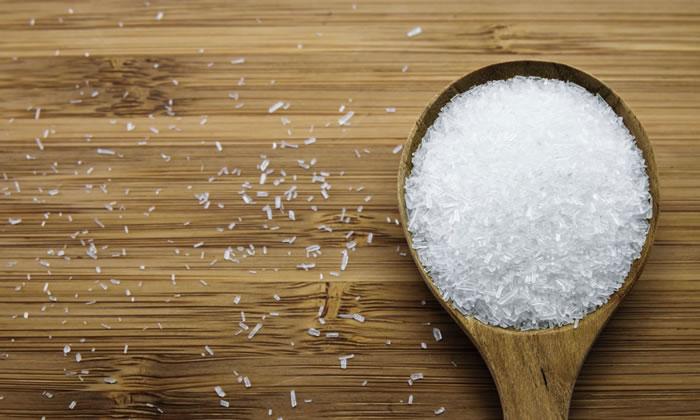
- Print this page
- Download as PDF
- Share this page
MSG is a food additive that comes from the amino acid called glutamic acid. Amino acids are the building blocks of protein. Our food and bodies contain protein that, in turn, contains glutamate. Glutamate is found in a wide variety of foods.
MSG use
Glutamate helps enhance the flavour of food, so glutamate is often added to food, as MSG or hydrolysed protein. A variety of food ingredients are naturally rich in glutamates, such as cheese, tomato pastes, stocks and sauces.
MSG cannot improve food that is inferior in quality, or make up for poor cooking practices. It does not allow a cook to substitute low-quality for high-quality ingredients in a recipe and does not tenderise meat. MSG simply enhances the savoury flavours already present in food.

MSG production
Like many foods today, MSG is produced through fermentation, a process used for making beer, vinegar, soy sauce and yoghurt. The process begins with natural products such as molasses from sugar cane or sugar beets and food starch from tapioca or cereals, which are fermented in a controlled environment.
The human body treats MSG the same as natural glutamate found in food. The body does not distinguish between free glutamate from tomatoes, cheese or mushrooms and the glutamate from MSG added to foods.
MSG safety
MSG is one of the most extensively researched substances in food and has been studied for over 40 years.
Numerous international scientific assessments have been conducted involving hundreds of studies. None of these has conclusively linked MSG to asthma, or ‘Chinese Restaurant Syndrome’.
Food Standards Australia New Zealand (FSANZ) reviewed the safety of MSG in 2003 concluding ‘there is no convincing evidence that MSG is a significant factor in causing systemic reactions resulting in severe illness or mortality’.
In Australia and New Zealand, no food additive, including MSG, is approved for use in food until its safety has been established by FSANZ. MSG and other glutamates are among a group of food additives that are generally permitted in foods, due to their safety.
A small number of people who are sensitive to a range of foods, especially those with asthma, may be sensitive to glutamate.
SODIUM IN MSG
MSG contains 1/3 the amount of sodium as table salt (13% vs. 40%) and is used in much smaller amounts.
EXAMPLES OF FOOD NATURALLY HIGH IN GLUTAMATES
- hard cheeses like parmesan
- tomato concentrates and sauces
- stocks cubes and concentrates
- sauces such as soy, fish, oyster etc
- spreads such as Vegemite®, Marmite®
- foods containing added Hydrolyzed Vegetable Protein (HVP).
How do I know if MSG is in food?
Food Standards Code Standard 1.2.4 - Labelling of Ingredients, states packaged food must declare the presence of MSG or any other flavour enhancers as 'flavour enhancer', followed by their name or number as follows:
- 620 L -glutamic acid
- 621 Monosodium glutamate, L-
- 622 Monopotassium glutamate, L-
- 623 Calcium glutamate, Di-L-
- 624 Monoammonium glutamate, L-
- 625 Magnesium glutamate, Di-L-
- 627 Disodium guanylate, 5’-
- 631 Disodium inosinate, 5’-
- 635 Disodium ribonucleotides, 5’-
There is no requirement in restaurants and cafés to declare the presence of these additives.
If you are sensitive to additives you should ask the chef or owner if they are used in their food. Sensitive individuals should be aware that high amounts of glutamates may be present naturally in certain food.
